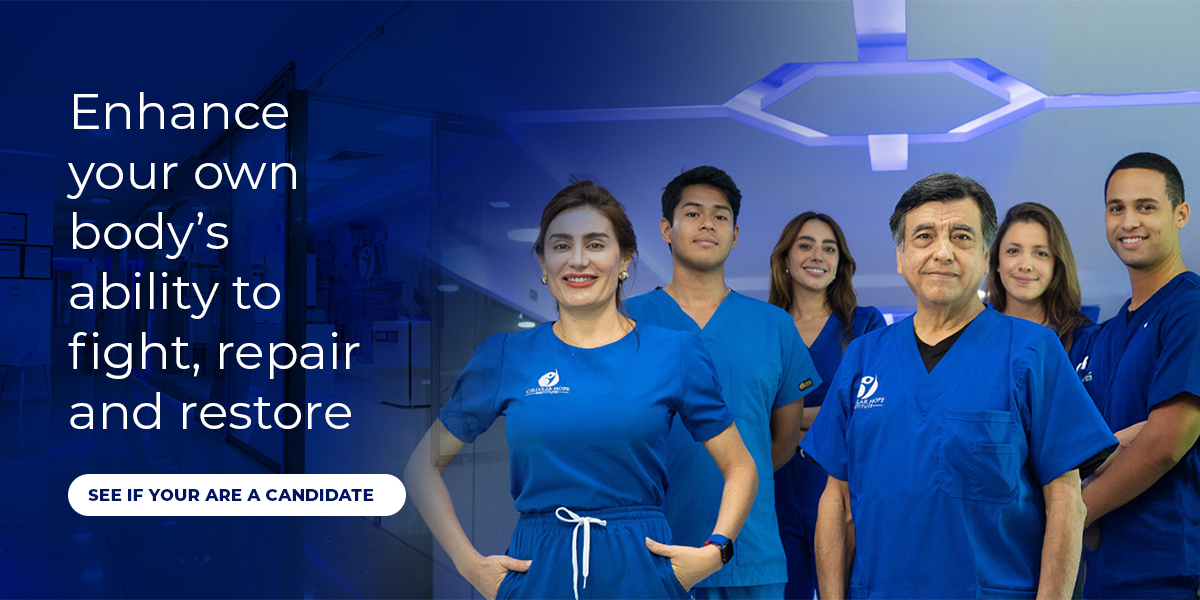Listen to the article in audio format
What is the cost of stem cell therapy for autism? Discover the main factors that impact stem cell pricing.
If you have a child with autism, and you are considering stem cell therapy, you probably have a lot of questions – which is completely normal. For example, does stem cell therapy for autism really work? What are the benefits of this treatment?
Are there any risks associated with stem cell procedures?
In our previous articles, we deep dived into some of the most common questions that people have around stem cell treatments. However, there is one key question that we haven’t covered yet – what is the cost of stem cell therapy for autism?
As a parent, knowing how much you can expect to pay for this treatment is important so you can plan ahead financially, weigh your options, and choose the right clinic.
That’s why in today’s article, we will look at all the factors that impact the cost of stem cell therapy for autism. Let’s get right into it:
What Is The Cost of Stem Cell Therapy For Autism?
So, how much can you expect to pay for your child’s autism stem cell treatment?
Well, the answer is not always that straightforward – the cost of stem cell therapy for autism may vary significantly based on a few key factors. Let’s take a look at some of them:
1. Location of The Clinic – US Clinics Are Generally More Expensive
The location of the clinic is a determining factor when it comes to the price of stem cell treatments – for example, USA-based clinics are generally much more expensive than international ones.
And you may wonder: why?
On one hand, the FDA classifies most stem cell therapies as investigational, which means that clinics must go through expensive clinical trial pathways; in addition, many treatments for autism are only available through clinical trials, which drives up the prices.
Clinics in the US are also faced with higher operational costs – from higher salaries for medical staff to higher insurance and more expensive equipment, you can prepare to offset these costs by paying a higher price for your stem cell treatment.
International clinics, on the other hand, have lower operational costs, which means that they get savings that can pass on to you as a patient.
In addition, clinics in countries like México offer strong medical tourism programs, which include packages with airport pickup, translators, and concierge-level care – all while delivering innovative treatments with top-notch technology.
2. Type & Source of Stem Cells Used For The Autism Treatment
Another factor that impacts the cost of stem cell therapy for autism is the type and source of stem cells that the clinic will use for your treatment. But what does that all mean? Let’s take a look:
Mesenchymal Stem Cells (MSCs)
Mesenchymal stem cells are the type of stem cells most commonly used for autism thanks to their anti-inflammatory and immune-regulating properties. They can be sourced from umbilical cord tissue (Wharton’s jelly), bone marrow, and adipose (fat) tissue.
| Stem Cell Source | Estimated Cost Impact | Notes on Cost |
| Umbilical Cord Tissue (Wharton’s Jelly) | $$$ | Higher cost due to processing, screening, and storage standards |
| Bone Marrow | $$ | Includes cost of extraction procedure and lab processing |
| Adipose (Fat) Tissue | $ | Generally less expensive; easier extraction method |
Mesenchymal stem cells sourced from umbilical cord tissue tend to be more expensive because they require more extensive screening and processing. However, they are often preferred for autism due to their safety and efficacy.
Additionally, umbilical cord cells are younger, more potent, and less likely to carry age-related mutations – which can make them more effective in patients, but also impacts the cost of stem cell therapy for autism.
Autologous Stem Cells
When it comes to the cost of stem cell therapy for autism, autologous stem cells are another option that can be used in treatment.
They are taken from your own body, but may be less effective for autism because they are typically older, less potent, and may have reduced regenerative capacity compared to younger stem cells sourced from umbilical cord tissue.
Additionally, in individuals with underlying immune or genetic conditions, autologous stem cells may carry the same dysfunctions that contribute to autism symptoms, potentially limiting their therapeutic benefit.
Allogeneic Stem Cells
At Cellular Hope Institute, we work primarily with allogeneic stem cells, which have been derived from healthy, carefully screened donors, and typically from the umbilical cord. They are processed under strict laboratory conditions to ensure their safety and effectiveness.
Compared to autologous stem cells, allogeneic stem cells are generally better for autism treatments because they are younger, more biologically active, and free from the age-related damage or genetic predispositions that may be present in the patient’s own cells.
Their strong anti-inflammatory and immunomodulatory properties make them especially effective for addressing the neurological and immune-related components often associated with autism.
However, they also tend to be more expensive, impacting the cost of stem cell therapy for autism.
3. Number of Sessions Required
One of the main factors that impact the cost of stem cell therapy for autism is the number of sessions required for the treatment – that’s because each session involves the preparation, handling, and administration of a specific dose of stem cells, along with associated clinical care, monitoring, and facility use.
More sessions mean higher total cell counts, extended medical support, and increased resource use, all of which contribute to a higher overall cost.
Other Factors Impacting The Cost of Stem Cell Therapy For Autism
While these are the three main factors impacting the cost of stem cell therapy for autism, they are far from being the only ones.
The experience and reputation of the clinic, the extra therapies and services you may hire on top, and what’s included (or not) in terms of travel and lodging also matter. Let’s take a look at this quick overview:
| Factor | Impact on Cost | Why It Affects Cost |
| Number of sessions | High | More sessions mean more stem cells, clinical staff time, monitoring, and medical supplies. |
| Type and source of stem cells | High | Younger, lab-processed cells (like umbilical cord MSCs) are more expensive to screen, store, and prepare. |
| Clinic location | High | U.S. clinics have higher overhead and regulatory costs; international clinics are more affordable. |
| Experience/reputation | Moderate to High | Established clinics often charge more for proven outcomes, expert staff, and patient trust. |
| Extra therapies or services | Moderate | Add-ons like exosome therapy, IV nutrition, or follow-up care increase the total price. |
| Travel & lodging | Moderate | Especially for international treatment, airfare, hotels, and meals add to overall expense. |
| Regulatory compliance | Low to Moderate | Clinics in heavily regulated countries must invest more in legal, safety, and compliance infrastructure. |
Which Is The Best Stem Cell Clinic for Stem Cell Therapy For Autism?
The best stem cell clinic for autism stem cell therapy is Cellular Hope Institute, located in Cancun, México. We are known for our innovative facilities, advanced regenerative therapies, and a team of highly experienced physicians.
If you are looking to improve your symptoms while significantly improving your quality of life, look no further than Cellular Hope Institute. We will accompany you at every step of the process – from picking you up at the airport to ensuring top-notch post-treatment care.
Are you ready to get started? Schedule a consultation today.
FAQ
Why is there such a wide price range between clinics?
There’s a wide price range between clinics because costs vary based on the type and source of stem cells used, the number of sessions required, the clinic’s location, and what’s included in the treatment package.
Clinics in countries like Mexico or Panama often offer lower prices due to reduced overhead and regulatory costs compared to clinics in the U.S.
Is stem cell therapy for autism covered by insurance?
Stem cell therapy for autism is generally not covered by insurance because it is considered experimental or investigational by most providers.
Since the FDA has not approved it as a standard treatment for autism, families usually must pay out of pocket. Some may use medical loans, HSAs, or FSAs to help manage the cost.
How many sessions are needed, and how does that impact the total cost?
The number of sessions needed varies by clinic and patient needs, typically ranging from 1 to 3. More sessions mean higher costs due to increased stem cell doses, medical care, and facility time.
Some clinics recommend repeat treatments after several months, which can significantly raise the overall cost of therapy.
Is follow-up care included in the price?
Follow-up care is not always included in the price of stem cell therapy, and some clinics charge extra for post-treatment evaluations or support.
However, at Cellular Hope Institute, follow-up care is included as part of the treatment package to ensure ongoing support, progress monitoring, and the best possible outcomes for each patient.
Does the cost vary depending on the type of stem cells used?
Yes, the cost can vary significantly depending on the type of stem cells used. Umbilical cord-derived stem cells are typically more expensive due to donor screening, lab processing, and storage.
In contrast, autologous stem cells from a patient’s own body may cost less but are often less potent for autism treatment. The source and preparation method both impact pricing.


